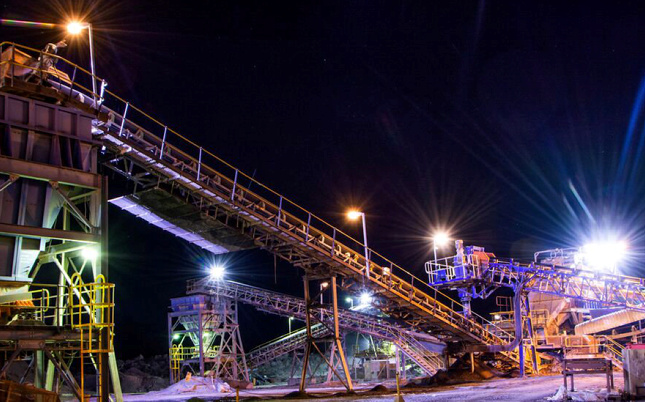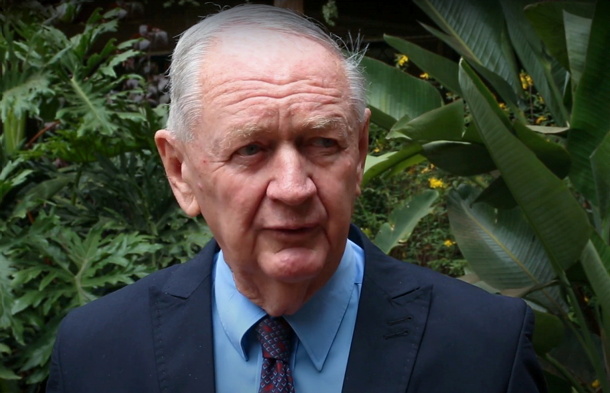
The Murowa Diamond Mine, in Zimbabwe, has reportedly had its power supply cut after failing to pay a USD 4.5m bill.
Owner and operator RZM Murowa has also failed to pay some of its workers since October, prompting around 300 of its 700 workforce to take strike action.
The mine, in Mazvihwa, south central Zimbabwe, had its power supply switched off last Wednesday (8 January), according to local news outlet Zim Now.
“Power was switched off by ZESA (the state-owned Zimbabwe Electricity Supply Authority) yesterday,” according to one worker, it said. “So today there is nothing going. No one has explained what’s next.”
Another worker said they’d received a circular saying part of their October and November pay checks arrive on 3 January.
“Now that power has been cut off we don’t know if we will get anything else,” they said.
A source at the mine said debts to ZESA had been mounting and were now USD 4.5m.
Full-scale production at the mine began in 2004. RioZim took over management in 2015, leading to a comprehensive strategic overhaul aimed at revitalizing operations and expanding capacity.
Murowa produced 216,000 carats in the half of 2024, marginally up on the same period in 2023. But revenue and profitability were down.
Source: IDEX


